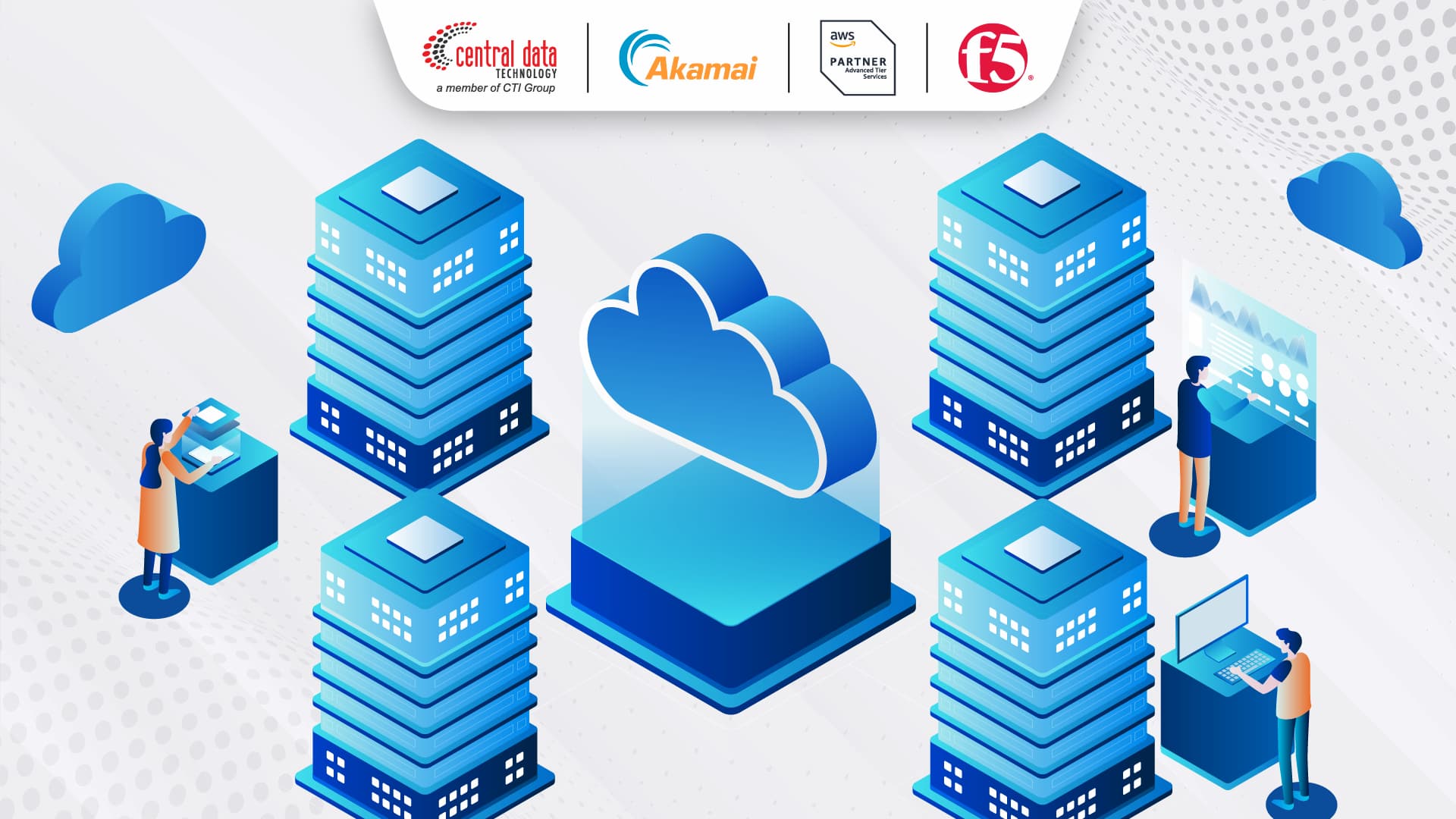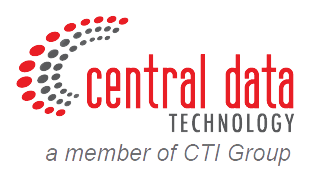
For many businesses today, the challenge is no longer whether to adopt new technology, it’s about building the right IT foundation that truly aligns with business goals. Outdated, rigid, and expensive infrastructure can’t keep up with today’s fast-moving market demands.
This is where cloud computing architecture comes in. More than just a technology platform, it serves as a strategic framework to optimize resources, control operational costs, and keep businesses agile in the face of constant change.
What is Cloud Computing Architecture?
Think of cloud computing architecture as the blueprint for your digital infrastructure. It brings together all the essential building blocks, hardware, virtual resources, software, and networking systems into one integrated environment.
Much like a construction blueprint, it defines how each element connects and interacts, ensuring that your cloud environment is efficient, secure, and tailored to your business needs.
The Core Layers of Cloud Architecture: Front-End, Back-End, and Network
At its core, cloud architecture consists of three main layers: the front-end, back-end, and the network that links them.
- Front-End: The client-facing side, including the interfaces and applications that users rely on to access cloud services, whether through a web browser, desktop application, or mobile app.
- Back-End: The provider’s side, which powers everything behind the scenes. This includes data storage, virtual machines, applications, traffic management, and security systems.
- Network: The glue that ties it all together, typically the internet, ensuring fast, reliable, and secure connections between the client and provider.
Key Components of Cloud Architecture
Cloud architecture goes far beyond just the front-end and back-end. It’s made up of a collection of interconnected components that work seamlessly together to deliver stable, secure, and user-friendly services. Each piece plays a critical role in keeping the cloud running smoothly.
- Client Infrastructure: The applications and graphical interfaces that users interact with to access cloud services.
- Application: Back-end software that provides services tailored to user needs.
- Service: The core offerings, SaaS, PaaS, and IaaS, that define how users consume cloud resources.
- Runtime Cloud: The execution environment where applications and virtual machines run.
- Storage: Flexible, scalable data storage that adapts to growing business demands.
- Infrastructure: The underlying hardware and software, servers, storage, networking, and virtualization that power the cloud.
- Management: Tools and systems for managing applications, storage, performance, and security across the back end.
- Security: Mechanisms that safeguard data, infrastructure, and applications from threats and vulnerabilities.
- Internet: The central link that connects front-end users with back-end systems.
- Database: Structured and unstructured data systems (SQL/NoSQL) that support cloud applications.
- Networking: Network infrastructure like load balancing, DNS, and VPNs to optimize connectivity.
- Analytics: Advanced services such as data warehousing, business intelligence, and machine learning for deeper insights.
Together, these components form the foundation of a cloud environment that is not only functional but also scalable, secure, and resilient.
The Three Service Models of Cloud: IaaS, PaaS, and SaaS
At the heart of every cloud architecture are three fundamental service models: Infrastructure-as-a-Service (IaaS), Platform-as-a-Service (PaaS), and Software-as-a-Service (SaaS). Each plays a different role, but together, they give organizations the flexibility to tailor cloud adoption to their needs.
- IaaS delivers core IT infrastructure, servers, storage, and networking on demand. It’s ideal for companies that want to avoid the heavy cost of building their own data centers while maintaining the flexibility to scale resources up or down as needed.
- PaaS builds on top of IaaS by offering a ready-to-use platform for developing, running, and managing applications. It’s especially useful for modernization initiatives or cloud migration, enabling developers to leverage cloud-native technologies like microservices and containers.
- SaaS takes it one step further by providing fully hosted applications that users can access instantly. With no installation or additional management required, SaaS solutions make adoption quick, simple, and cost-effective.
By combining these three models, businesses can strike the right balance between control, flexibility, and convenience, choosing the mix that best aligns with their operational and strategic goals.
Read More: How IaaS Works and Why It Matters Today
Cloud Deployment Strategies: Public, Private, Hybrid, and Multi-Cloud
When adopting cloud, businesses have several deployment models to choose from, each tailored to different needs and priorities.
Public cloud, delivered by third-party providers and accessible over the public internet on a subscription or pay-per-use basis. It’s the go-to choice for organizations that value flexibility without the heavy upfront investment in infrastructure.
Private cloud, a dedicated cloud environment built exclusively for one organization. With tighter control and higher security, this model is often preferred by industries bound by strict regulations such as finance or healthcare.
Hybrid cloud, a blend of public cloud, private cloud, and on-premises infrastructure. This approach gives businesses the agility to move workloads across environments based on technical needs or strategic goals.
Multi-cloud, a strategy that leverages more than one cloud provider simultaneously. It helps organizations avoid vendor lock-in while taking advantage of the unique strengths of each provider.
Together, these models allow businesses to strike the right balance between flexibility, security, and cost-efficiency, depending on their specific priorities.
The Role of Cloud Architecture in Scalability and Efficiency
One of the biggest advantages of cloud architecture is scalability. Companies can instantly scale resources up or down to handle seasonal traffic spikes, launch new projects, or expand operations without having to make massive investments in physical infrastructure.
Cloud architecture also drives operational efficiency. With a pay-as-you-go model, businesses only pay for the resources they actually use, keeping IT costs under control. At the same time, centralized infrastructure management frees up IT teams to focus on innovation and application development instead of routine maintenance.
The result, businesses can respond faster to market changes, operate more efficiently, and maintain a competitive edge in the long run.
Common Challenges in Implementing Cloud Architecture
While clouds offer flexibility and efficiency, the journey isn’t without hurdles.
Security and compliance are often the biggest concerns. Data moving through cloud environments can be vulnerable if not properly protected, and regulations like GDPR or Indonesia’s PDP Law demand increasingly strict compliance.
Complexity rises in multi-cloud strategies, where managing multiple platforms can lead to misconfigurations, inconsistent security policies, or governance gaps.
Cost control can also be tricky. Without careful oversight, cloud expenses may balloon unexpectedly. Add to that potential downtime from providers or over-reliance on a single vendor, and operations could be at risk.
The skill gap is another factor. Not every IT team has the expertise to manage advanced, multi-layered cloud environments. That’s why partnering with experienced technology providers is often key to ensuring a smoother, safer, and more effective cloud journey.
CDT’s Recommended Solutions for an Optimal Cloud Architecture
Building a strong cloud architecture is not just about deploying workloads; it’s about ensuring security, performance, and operational efficiency. To help organizations achieve this, CDT recommends three solutions that serve as the foundation of a modern cloud strategy.
AWS Well-Architected Tool
The AWS Well-Architected Tool helps businesses evaluate and enhance their cloud architecture based on six key pillars: operational excellence, security, reliability, performance efficiency, cost optimization and sustainability. Through this structured approach, organizations can uncover hidden risks, gain practical recommendations to strengthen performance and security, and optimize costs over time. The result is not just a cloud that “works,” but a resilient, scalable, and cost-efficient architecture designed for long-term growth.
F5 Distributed Cloud Services
For businesses operating in multi-cloud, hybrid, or edge environments, F5 Distributed Cloud Services delivers an integrated solution for both security and networking. It provides modern application protection with features such as Web Application Firewall (WAF), DDoS mitigation, and API security, while also enabling centralized management through a single console.
With adaptive connectivity that ensures applications run consistently across public cloud, private cloud, and edge, F5 simplifies complexity and unifies application performance with security in one powerful platform.
Akamai Cloud Computing
For organizations that rely heavily on real-time performance and high traffic, such as e-commerce, streaming, gaming, or digital financial services, Akamai offers a globally distributed edge platform. Its architecture brings applications closer to end-users, reducing latency and delivering smoother user experiences.
High availability is supported through rapid failover capabilities, minimizing downtime risks, while built-in security features such as DDoS protection, data encryption, and access control keep systems resilient even under heavy demand. Akamai combines speed, reliability, and enterprise-grade protection in one solution.
Read More: Understanding Cloud Infrastructure: Definition, Components, and Business Benefits
Build a Stronger Cloud Foundation with CDT
Don’t let your cloud architecture merely function; make sure it is secure, efficient, and ready to accelerate your business growth.
As the authorized distributor of F5 in Indonesia and an advanced partner of both Akamai and AWS, Central Data Technology (CDT), a subsidiary of CTI Group, is your trusted partner in cloud transformation. From consultation and implementation to after-sales support, our services are designed to help you maximize the potential of your cloud strategy with confidence.
Interested in taking the next step? Contact CDT today and discover how our cloud solutions can strengthen your business strategy in today’s fast-paced digital era.
Author: Wilsa Azmalia Putri – Content Writer CTI Group

